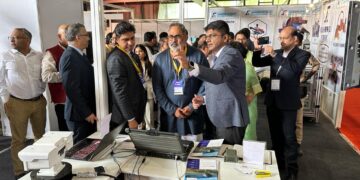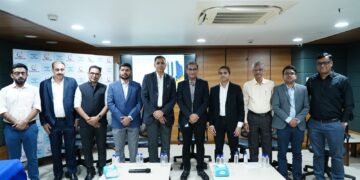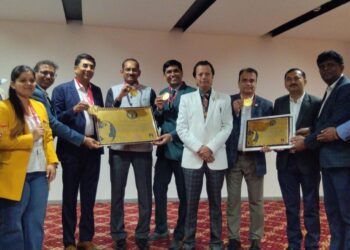A first-of-its-kind power system study exploring a carbon neutral power system across the Indian states by 2050, carried out by Lappeenranta-Lahti University of Technology (LUT), Finland, in collaboration with the technology group Wärtsilä was published in the Nature Communications journal, a highly reputed and multidisciplinary journal dedicated to publishing high-quality research. The study, which is first of its kind for India, highlights the urgent and continuous need for additional investments in renewable capacities and flexible technologies for maintaining power system reliability. It was published under the title ‘The role of renewables for rapid transitioning of the power sector across states in India’ and can be accessed here.
This joint study has been well-received by the industry stakeholders since its release and is being hailed for its cutting-edge energy transition research model, developed by LUT University that allowed a bird’s eye view and developed macro level solutions for an otherwise extremely complex problem.
A global leader in innovative technologies and lifecycle solutions for the marine and energy markets, Wärtsilä, through this study highlights the importance of a cost optimal and carbon-neutral power system in India and explores a best policy rapid transition pathway towards integrating high shares of renewables into the power sector through comprehensive adoption of sustainable energy and flexible technologies by 2050. The pioneering study was investigated at a state level, which enables insights from a local perspective. It highlights the core energy technologies required, in particular solar photovoltaics, wind power, batteries, electrolysers and overall flexibility support. Special emphasis is given to the challenging monsoon period.
Ashish Gulagi, sustainable energy transition researcher at LUT University and one of the authors of the study on collaboration with Wärtsilä, said, “Electricity produced from solar PV is already cheaper than most of the coal power plants in India, so states need to align their future policies towards large scale solar PV installation, rather than getting into the trap of stranded fossil fuel investments.”
This decrease in cost is enabled by the cost competitiveness of solar photovoltaics and batteries as they replace coal as the mainstay in the Indian power sector. A rapid transition of the power system across the states in India is not only based on the direct cost competitiveness of renewables but also on indirect economic benefits such as reduced air pollution and the corresponding health costs and creating additional jobs, while enabling full energy self-sufficiency at a low-cost level.
Commenting on the study, Sandeep Sarin, Market Development Manager at Wärtsilä Energy and co-author of the study said, “We are extremely pleased to be featured in the journal as notable and eminent as Nature Communications. Studies and research like ours need to be made available to a broader audience to deliver the message of the need of sustainable energy transition and the required key technologies. Wärtsilä is dedicated towards driving this message further to reach all audiences to create awareness of not just the problem, but also the solution to affect real change in the world. “


































